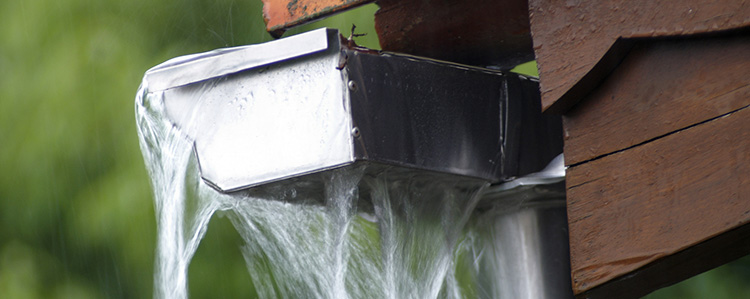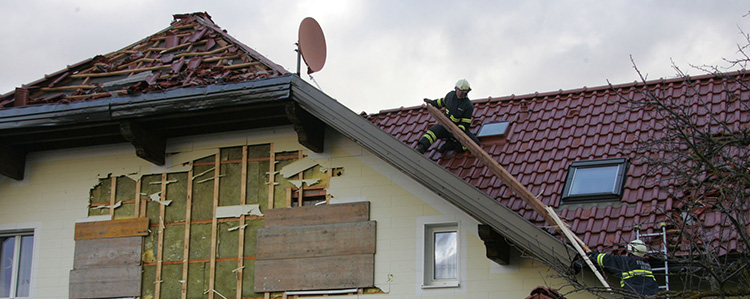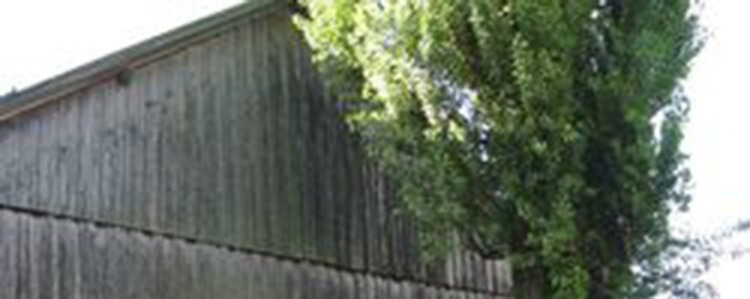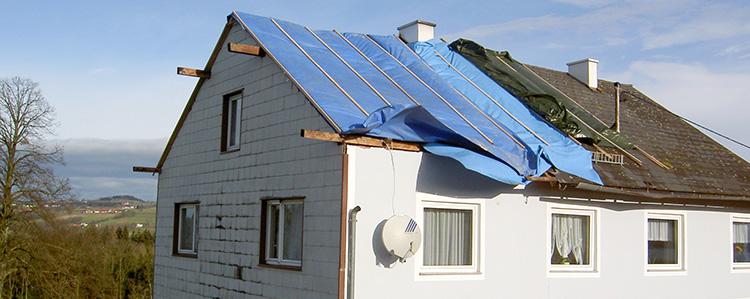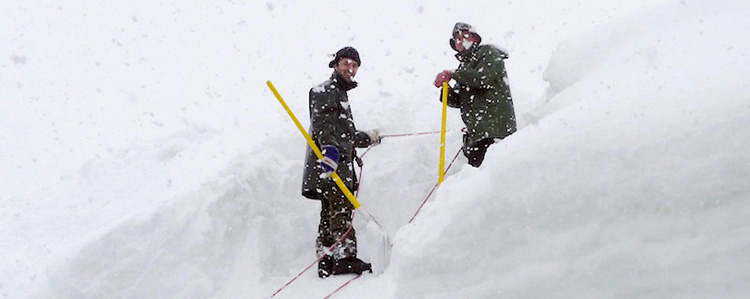Targeted Prevention
Natural disasters can affect everyone. Damage to buildings caused by hail, heavy rain, storms or snow pressure is occurring with increasing frequency and severity. In order to be able to react competently to such threatening events and the associated demands on buildings, the EPZ – Elementarschaden Präventionszentrum (Elemental Damage Prevention Centre) was founded, a cooperation of the fire prevention agencies of the provinces of Upper Austria, Lower Austria, Styria and Burgenland and the IBS – Institut für Brandschutztechnik und Sicherheitsforschung (Institute for Fire Protection Technology and Safety Research).
Kyrill, Emma, Paula – to name just a few of the most recent natural disasters – have shaped our news landscape for a very long time. In general, it can be said that more and more building damage is being caused by hail, heavy rain, storms or snow pressure. This means that in the past few years, damage in excess of 400 million euros per event (source: VVO) had to be processed. Nevertheless, in many places there is a lack of targeted and sensible prevention against these fatal natural impacts.
Aim of the EPZ
The aim of the EPZ is to provide consumers with the best possible advice on prevention of natural hazard damage – already during the planning phase of a building. This includes that developers, architects, planners and municipalities can turn to the EPZ for information and advice on problems. In the near future, it will even be possible to support municipalities in rezoning issues by making heavy rainfall more predictable with the help of a simulation model. More partners are needed to realise these projects. Some existing cooperation partners are the province of Upper Austria, the Graz University of Technology and the ZAMG (Central Institute for Meterology and Geodynamics).
CONCLUSION: If one is able to recognise problems in time, it is possible to prevent a great deal of damage – resulting from natural disasters – through targeted prevention.

















